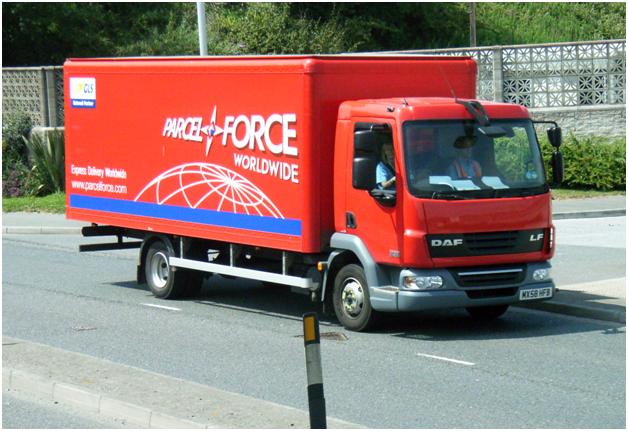
A truck isn’t just a truck. Depending on who you talk to, a truck could be a four-wheel cargo van that zips around city blocks, or a truck could be a 17-ton sleeper cab that lives on highways. To understand the differences between trucks ― and to ensure you have enough variety for your own fleet ― here is a short and sweet explanation of truck classification.
Class 1
Comprising the daintiest cars in the three light duty classes, Class 1 contains any truck with a gross vehicle weight rating (GVWR) of 6,000 pounds or less, which means everything contained on or in the vehicle ― to include the chassis, engine, fuel, passengers, and cargo ― cannot exceed 6,000 pounds, or the truck will fail to run. Some examples of trucks in this class include small vans and small or mid-sized trucks, like the Chevy Colorado found at Chevrolet dealers around the country.
Class 2
In truth, Class 2 trucks are further divided by their GVWR into two subClasses. Class 2a includes vehicles between 6,001 and 8,500 pounds, while vehicles with max weights between 8,501 and 10,000 pounds belong in Class 2b. Often, these subdivisions are given names to differentiate them based on the size of truck they contain. Thus, Class 2a is light-duty trucks, and Class 2b is the light heavy-duty class. You will usually find full-sized four-wheel trucks in this class, like the Ford F-150 or the Dodge Ram 1500. You might also look for a Class 2 if you need a large cargo van or step van.
Class 3
The GVWR of Class 3 trucks falls between 10,001 and 14,000 pounds. Though there are a few heavy-duty pick-up trucks that fit this class, like the large Ford F-350, you are more likely to find large walk-in vans and small delivery trucks, like most of the options in Ford’s E-Series. Class 3 also includes large SUVs, like the Hummer H1, though it is highly unlikely you will ever need a Hummer for your fleet.
Class 4
The first of the medium-duty classes, Class 4 has a GVWR that ranges from 14,001 pounds to 16,000 pounds. This is the beginning of Ford’s “Super-Duty” line of pick-ups. Pick-ups with this weight rating are intended for serious hauling and towing work. In fact, trucks like these share the class with the largest box trucks, which serves to demonstrate their strength compared to lesser truck classes.
Class 5
Class 5’s GVWR spans 16,001 to 19,500 pounds. Many heavy-duty truck manufacturers’ lightest vehicles start in this class, the best example being the International TerraStar, which is a sizeable city delivery truck. A few specialized trucks also fit into this class, such as bucket trucks that include long booms for various services, like electric utility and landscaping. Dodge, Ford, and GMC all make immense pick-ups that fit in this class.
Class 6
With a GVWR between 19,501 and 26,000 pounds, Class 6 contains some of the heaviest vehicles any driver is able to operate without special permits. Most trucks in the heaviest of the medium-duty category are especially specialized in design; for example, most standard school buses fit in Class 6. You are also likely to find vehicles similar in size and power to rack trucks and beverage trucks.
Class 7
The first of two heavy-duty classes, Class 7 contains vehicles are incredibly heavy ― with a GVWR between 26,001 and 33,000 pounds ― and difficult to maneuver, justifying the need for a Class-B commercial driver’s license to operate them. The most common Class 7 trucks are utility vehicles designed for use on city surface streets. For example, city transit buses and garbage trucks fit into this class. Ford’s largest vehicle, the behemoth F-750, is a Class 7.
Class 8
Last but obviously not least, Class 8 is the heaviest of all trucks on the roads. Any truck with a GVRW above 33,000 fits in this category, which includes nearly all tractors used for cross-country shipping as well as dump trucks and cement trucks. Often, these trucks contain between three and five axles, which help carry their immense weight. The size of trailers does not factor into a vehicle’s GVWR, which means whether you are looking for commercial trucks for sale in Florida or Washington State, you can custom-order your trailer to suit your needs.
Still, drivers of Class 8 vehicles require at least a Class-B commercial driver’s license to operate their rigs, though tractor-trailer drivers need a more specialized Class-A license to legally handle their trucks.



















